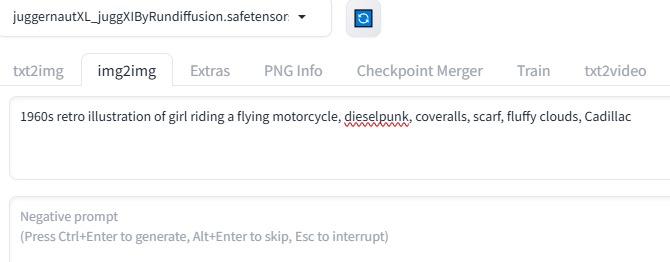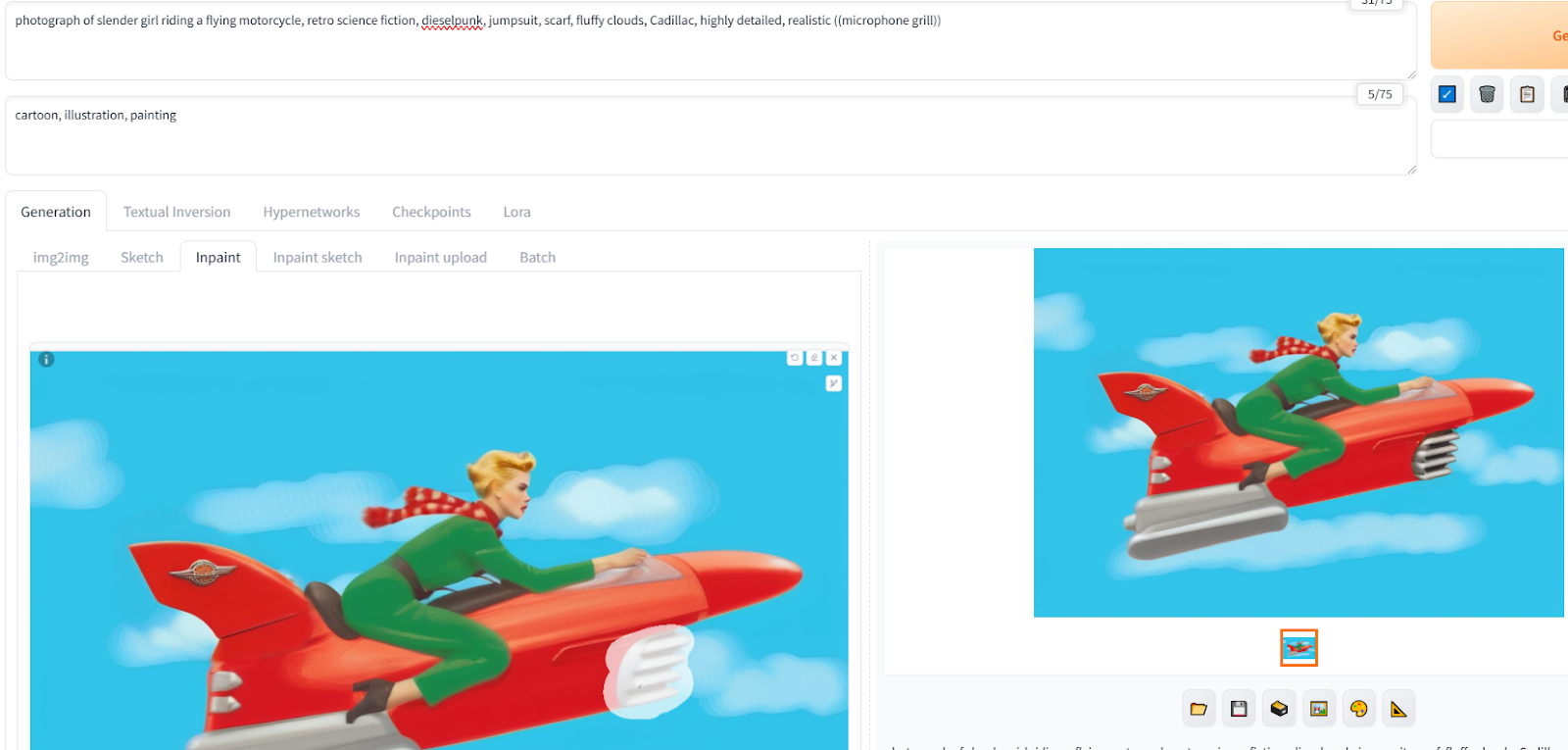Still reading that urban fantasy, with the second book set largely in the Paris Catacombs. And re-playing Horizon: Forbidden West. My new favorite toy is the Shredder Gauntlet. Bad name for what is basically Jai-ali with a motorized murderball.
It isn't the DPS that makes it OP, I think. It is that it forces a faster, mid-range style of combat where you aren't frozen in place all the time looking down the sights of a bow. Means you dodge a lot of the incoming. (That, and I pushed elemental damage, with the elemental surge giving you better immunity than armor for enemy attacks.)
I am always looking at how people construct story. Playing Forbidden West through a second time without going after every single side quest has brought that story and the way it unfolds into sharper focus. I also re-read the last Athena Fox novel (my niece just got a copy and I wanted to see what she was in for). It still doesn't hold together.
But today over brunch it was like everything came into greater clarity. Okay, my "light" reading for my meal was a rather angry book on environmental racism, specifically "Nuclear New Mexico" versus indigenous and neuvomexicanos.
That got me thinking where the bones for the plot on the next Athena Fox book were, and all of a sudden they were much easier to see and arrange. I'm seeing the through-lines differently, in a way that keeps the thematic elements but puts the focus on how they work in plot terms. And I'm finding it easier to be selective about which bones I use to construct the skeleton, and how to pare them down to the structure that matters.
Which the last book didn't have. It didn't have a strong skeleton, and that's a big reason why it took so long and so many re-writes; because I was searching for a structure to hold it together. And that's why the tiki book isn't happening for me.
The tiki book is, at this point, pure conceit. It is a serial. This happens, then that happens -- in an interesting background.
Which is true about a lot of games and yes this is where Forbidden West falls down a bit, compared to the original Horizon Zero Dawn. The first game was a master class in melding the gameplay with the story, the plot with the world-building. The second game it gets a little game-y. Not helped by adding more kinds of collectibles, Gauntlet Runs (nothing to do with the Shredder Gauntlet), Salvage Contracts, Rebel Camps, and even a mini-game (Machine Strike.)
As an aside, you know when something is a stupid add-on time-waster game mechanic to stretch out gaming time when NPCs keep bothering you to try it. Especially if their dialogue is ten times more stagey and forced than the usual quest-givers.
But more than that, I'll leave for if and when I decide to do a proper review of the game. Besides, as soon as this cold and rain lets up I'm back to walking. Don't want to end up like Ted Faro...










